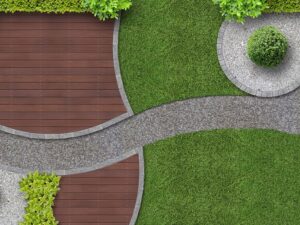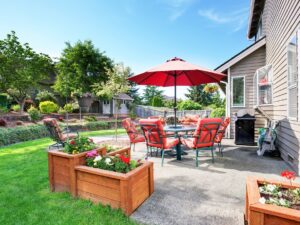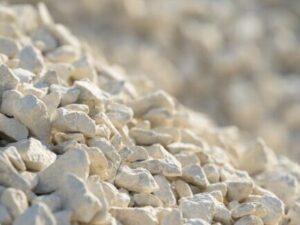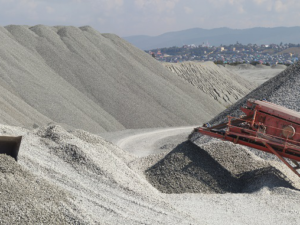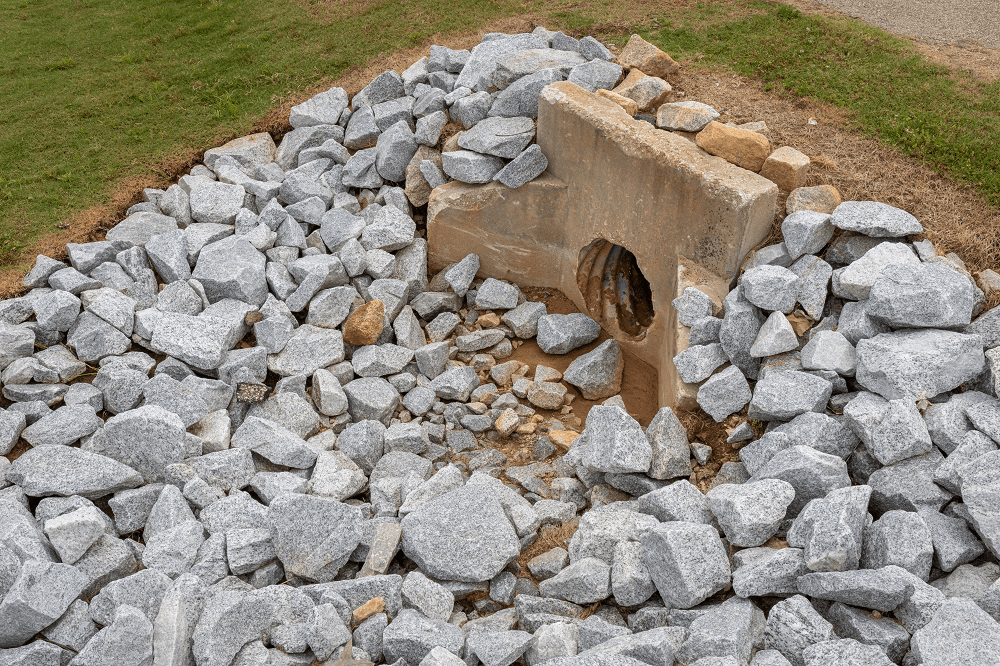
The erosion process happens when essential soil and various ground matter gets washed away. Many natural substances tend to disappear slowly. It occurs when large movements of water come into the environmental picture. Various components cause the erosion process to take place.
These include:
* removing plant life
* natural forces (many powerful weather elementals)
There is an impact on the environment from erosion that is quite visible and clear to many individuals. This type of erosion process puts a strain on the earth because essential nutrients are drained, and it tends to occur in gradient (sloped) sectors.
When this happens, plants have a more challenging time thriving, and strained growth occurs. It is slowly eating away at the hills and banks in some places. Engineers have discovered valuable methods to fight the damage of the erosion process and reverse its negative effects. They are incorporating various types of stones to help stop the damage.
For example, they incorporate limestone and granite. The goal is to prevent erosion from causing more harm to the planet. An engineer will place consideration into the size of the stone and the actual source of it. Since they use various stones, they have not found one stone to be more effective. One way to get stones that help in erosion control is through ReAgg. As a Baltimore aggregates supplier, we are informed about the possible solutions to combat erosion damage and stones’ benefits.
1. Riverbeds: Cobblestones
Riverbeds and similar locations use cobblestones. This stone is not necessarily known for putting an end to erosion. Engineers have found them to be useful for filling gabions. These are mesh-like oval cylinders filled with the stones. They may be placed in walls, along banks, or steps to prevent soil erosion. The gabions are given extra bulk and strength thanks to the rocks and their benefits.
2. Gravel: Useful Ingredient
Gravel is known for having common ingredients useful for preventing erosion. Much of the gravel, used for erosion prevention, does come from mines. It is common for mines to produce large amounts of this type of rock. This rock gets ground into smaller stones and sold as gravel. Gravel is layered on the surfaces of fences, dams, and boards to prevent the flowing water
3. Non-Absorbent Stone: Filtering Water Easily
Some minerals can filter water with ease, and they are very absorbent. Others resist water and allow water to flow at a steady pace. Clay is known for being non-absorbent. Any soil that has a high clay content has a double edge. They allow water to flow away and may contribute to erosion. Clay can support various anti-erosion projects and terraces.
4. Sand: A Key Filler
Sand is known for being a critical filler in many erosion-prevention utensils or devices. Many shorelines feel the impact of ongoing erosion. An engineer will put clean filler sand into the seashore zones that are impacted. Natural grasses will be grown on the top to keep it firmly embedded. Sand is a key ingredient in soil material, mulches, used to line banks while preventing erosion issues.
ReAgg is ready to be of assistance and is informed about erosion control and prevention for aggregates delivery in Baltimore. If you need high-quality aggregates for your project, contact us today at (301) 336-6700.




